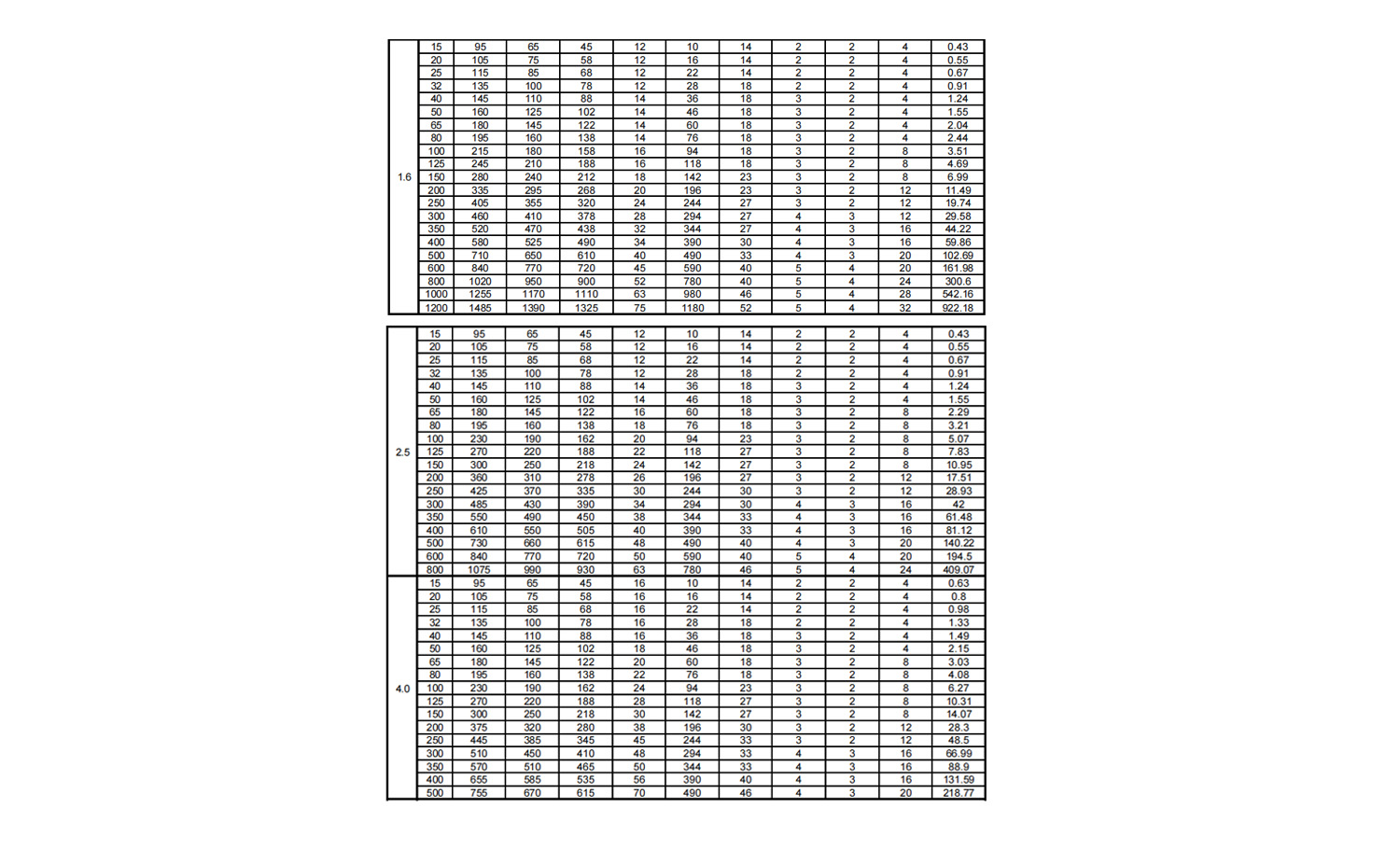-
Cangzhou Yulong Steel Co., Ltd.
-
Phone:
+86 13303177267 -
Email:
admin@ylsteelfittings.com
- English
- Arabic
- Italian
- Spanish
- Portuguese
- German
- kazakh
- Persian
- Greek
- French
- Russian
- Polish
- Thai
- Indonesian
- Vietnamese
- Zulu
- Korean
- Uzbek
- Hindi
- Serbian
- Malay
- Ukrainian
- Gujarati
- Haitian Creole
- hausa
- hawaiian
- Hebrew
- Miao
- Hungarian
- Icelandic
- igbo
- irish
- Japanese
- Javanese
- Kannada
- Khmer
- Rwandese
- Afrikaans
- Albanian
- Amharic
- Armenian
- Azerbaijani
- Basque
- Belarusian
- Bengali
- Bosnian
- Bulgarian
- Catalan
- Cebuano
- China
- China (Taiwan)
- Corsican
- Croatian
- Czech
- Danish
- Esperanto
- Estonian
- Finnish
- Frisian
- Galician
- Georgian
- Kurdish
- Kyrgyz
- Lao
- Latin
- Latvian
- Lithuanian
- Luxembourgish
- Macedonian
- Malgashi
- Malayalam
- Maltese
- Maori
- Marathi
- Mongolian
- Myanmar
- Nepali
- Norwegian
- Norwegian
- Occitan
- Pashto
- Dutch
- Punjabi
- Romanian
- Samoan
- Scottish Gaelic
- Sesotho
- Shona
- Sindhi
- Sinhala
- Slovak
- Slovenian
- Somali
- Sundanese
- Swahili
- Swedish
- Tagalog
- Tajik
- Tamil
- Tatar
- Telugu
- Turkish
- Turkmen
- Urdu
- Uighur
- Welsh
- Bantu
- Yiddish
- Yoruba

Dec . 26, 2024 08:54 Back to list
galvanized pipe rusting inside
Understanding Rust Formation Inside Galvanized Pipes
Galvanized pipes have long been a popular choice for plumbing systems due to their corrosion resistance and durability. These pipes are coated with a layer of zinc, which serves as a barrier against moisture and other corrosive elements. However, despite this protective layer, rust formation can still occur inside galvanized pipes over time. In this article, we will explore the factors contributing to rusting within these pipes, the implications of such corrosion, and potential preventive measures.
What Are Galvanized Pipes?
Galvanized pipes are steel pipes that have been coated with a layer of zinc to prevent corrosion. This technique, known as galvanization, offers an effective solution for water and gas distribution systems, especially in the past when modern alternatives like PVC and PEX were not readily available. The zinc coating acts as a sacrificial anode; if the zinc layer is compromised, it will corrode first, thus protecting the underlying steel.
Causes of Rust Formation
Despite their protective coating, galvanized pipes are not entirely immune to rust. Several factors can lead to rust formation inside these pipes
1. Degradation of the Zinc Coating Over time, exposure to water, heat, and various chemicals can wear down the zinc layer. Once the zinc is compromised, the underlying steel becomes vulnerable to oxidation, leading to rust formation.
2. Water Quality The presence of certain minerals and contaminants in the water can accelerate the corrosion process. For instance, hard water, which contains high levels of calcium and magnesium, can lead to mineral buildup inside the pipes. This buildup can create pockets of moisture that contribute to rust.
3. Stagnant Water Water that remains stagnant in the pipes for extended periods can increase the likelihood of rust. Oxygen depletion in stagnant water creates an environment conducive to corrosion.
4. Internal Bacteria Certain bacteria, such as sulfate-reducing bacteria, thrive in water systems and can generate corrosive compounds that contribute to rust formation.
5. Poor Installation If the pipes are not installed correctly, joints and fittings may become prone to leaks, allowing water to accumulate and increase the risk of rust.
Implications of Rust in Galvanized Pipes
galvanized pipe rusting inside

Rust within galvanized pipes can lead to several issues that affect both the integrity of the piping system and the quality of the water supply
1. Reduced Water Flow Rust buildup can restrict water flow through the pipes, leading to decreased efficiency and water pressure throughout the plumbing system.
2. Contaminated Water Supply Rust flakes can break off and enter the water supply, resulting in discolored and contaminated water. This can pose health risks for consumers, especially if toxic metals are present.
3. Increased Repair Costs Corroded pipes may require frequent repairs or replacements, leading to higher maintenance costs over time.
4. Structural Failure In severe cases, extensive rust can weaken the structural integrity of the pipes, leading to leaks or ruptures that can cause significant damage to property.
Preventive Measures
To mitigate the risk of rust formation inside galvanized pipes, homeowners and property managers can adopt several preventive strategies
1. Regular Inspections Routine inspections of plumbing systems can help identify early signs of corrosion or leaks, allowing for timely remediation.
2. Water Treatment Implementing a water treatment system can help reduce the mineral content and remove contaminants, thereby decreasing the risk of rust formation.
3. Keep Water Flowing Ensuring that water is flowing regularly through the pipes can prevent stagnation, significantly reducing the risk of rust buildup.
4. Upgrade to Modern Materials In cases where corrosion is prevalent, it may be worth considering replacing galvanized pipes with modern materials such as copper, PEX, or PVC, which are less susceptible to rust.
In conclusion, while galvanized pipes offer initial corrosion resistance, rust can still form over time due to various factors. By understanding these causes and implementing preventive measures, homeowners can extend the life of their plumbing systems and maintain the quality of their water supply.
Latest news
-
ANSI 150P SS304 SO FLANGE
NewsFeb.14,2025
-
ASTM A333GR6 STEEL PIPE
NewsJan.20,2025
-
ANSI B16.5 WELDING NECK FLANGE
NewsJan.15,2026
-
ANSI B16.5 SLIP-ON FLANGE
NewsApr.19,2024
-
SABS 1123 FLANGE
NewsJan.15,2025
-
DIN86044 PLATE FLANGE
NewsApr.19,2024
-
DIN2527 BLIND FLANGE
NewsApr.12,2024
-
JIS B2311 Butt-Welding Fittings LR/SR 45°/90° /180°Seamless/Weld
NewsApr.23,2024











